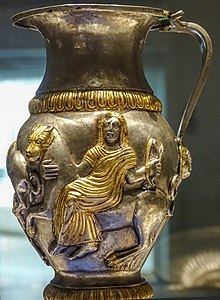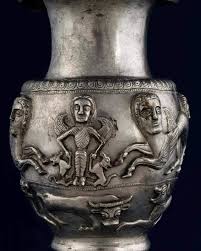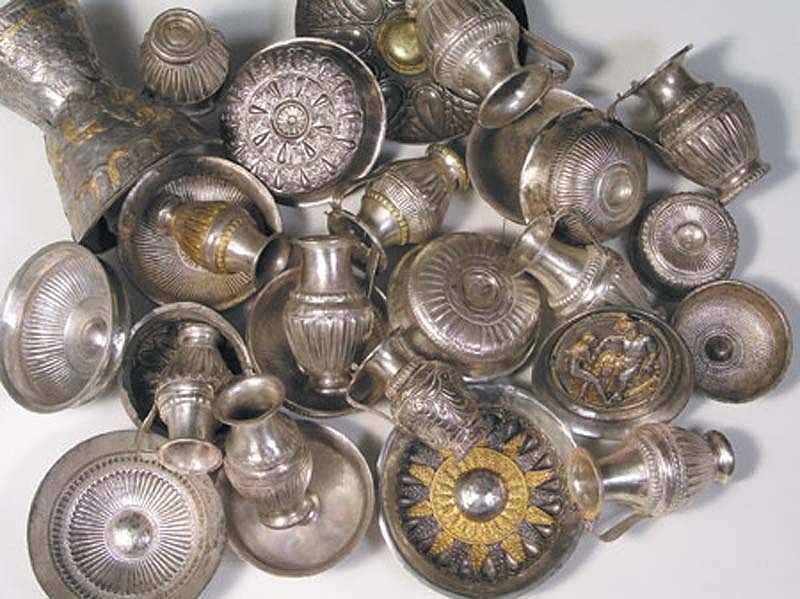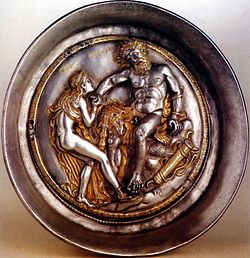In the heart of northwest Bulgaria, in the village of Rogozen, a remarkable archaeological find has captivated historians and art enthusiasts alike. A silver jug, intricately designed and richly symbolic, depicts the Great Thracian Goddess as a winged Mistress of the Animals. This extraordinary artifact, dating back to 400-300 BC, offers a fascinating glimpse into the religious and cultural world of the ancient Thracians.
The Discovery in Rogozen

The silver jug was unearthed as part of a larger treasure trove known as the Rogozen Treasure, discovered in the mid-20th century. This treasure, one of the most significant finds in Bulgaria, comprises over 165 silver and gold vessels, each adorned with intricate designs and motifs that reveal much about Thracian artistry and beliefs. Among these treasures, the jug depicting the winged goddess stands out for its detailed craftsmanship and profound symbolism.
The Great Thracian Goddess

The central figure on the silver jug is the Great Thracian Goddess, revered as a powerful deity in Thracian mythology. Depicted as a winged Mistress of the Animals, she is shown holding two wolves in her hands, symbolizing her dominion over the natural world and her role as a protector and guide of wild creatures. This imagery aligns with common motifs in ancient mythologies, where deities often personified natural forces and held sway over both the human and animal realms.
Artistic and Symbolic Significance
The artistry of the jug is a testament to the advanced metalworking skills of the Thracians. The goddess is portrayed with finely detailed wings, and the wolves she holds are rendered with a lifelike ferocity that underscores the artist’s skill. The use of silver, a precious metal, indicates the importance of the vessel, likely used in religious or ceremonial contexts to honor the goddess.
The depiction of the goddess as a Mistress of the Animals reflects a broader theme in Thracian art and religion, where nature and wildlife were deeply revered. The wolves, often associated with strength and wilderness, emphasize the goddess’s protective and nurturing qualities, as well as her control over the untamed aspects of nature.

Historical Context
The period between 400-300 BC was a time of significant cultural and political activity in Thrace. The Thracians, known for their fierce warriors and rich cultural traditions, interacted with neighboring civilizations, including the Greeks and Persians. These interactions influenced their art, religion, and societal structures, leading to the creation of artifacts that blended indigenous and foreign elements.

The silver jug from Rogozen serves as a historical document, providing insights into the religious practices, artistic expressions, and societal values of the Thracians during this era. It highlights the integration of local beliefs with broader cultural influences, creating a unique and vibrant Thracian identity.
Conclusion
The silver jug depicting the Great Thracian Goddess as a winged Mistress of the Animals is more than just an artifact; it is a window into the ancient world of Thrace. Its discovery in Rogozen has enriched our understanding of Thracian culture and mythology, revealing the deep reverence for nature and the divine that characterized this ancient civilization. As we continue to study and appreciate such artifacts, we gain a deeper appreciation for the complexity and richness of human history.